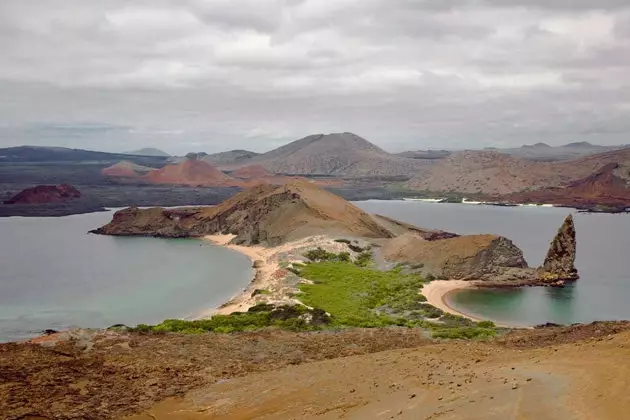
San Bartolomé Island in the Galapagos, (hyper) World Heritage Site
HOW THE IDEA IS BORN
After the sadistic war conflicts and the voracious neo-colonialist appetite of the first half of the 20th century, a time of peace, of take it easy, of love and diplomacy arrived. One of the consequences of this Pastelón climate in the West was the invention of the sister cities , from organizations such as the UNWTO or UNESCO . Precisely the latter pulled the concept of 'World Heritage' out of its sleeve, a concept that arose as a result of the threat of destruction of the Egyptian temples that would be flooded by the pharaonic Aswan dam . The local mobilization crossed borders, became international and served as inspiration. Why not create an international designation for the International Community to avoid mutilation and defend the preservation of certain places? The project took shape in the Convention on the Protection of the World Cultural and Natural Heritage of 1972, although it was not until 1978 that the famous list began with site number 1: the Galapagos Islands .

Iguana sanctuary on Isla Brava, Galapagos
IS IT AN AWARD OR A BROWN?
We start from the basis that journalists are crazy about this 'Guild, recognition, nuisance...?'. It is true that it is the closest thing to an Oscar for a destination, but it is not a statuette that shines in offices and many times it can even be brown. Let's go by parts. The sweetest thing for the Authorities is the common fund to which they have access, of some €4 million that acts as insurance against catastrophes and, in the event of a war, alarms the entire International Community (as happened recently in the conflict in Mali with the city of Timbuktu ) .
Then there's the prestige , what is cool to have the badge, the signs, the brown icon, the link on Wikipedia etc. although this is not a guarantee of more tourism since (like it or not) culture is not linked to the number of visits. For example, Tarragona (whose archaeological complex has been a World Heritage Site since the year 2000) barely exceeds the figure of 200,000 tourists, while its neighboring beach-clubber-PortAventurera de Salou each year receives 2,000,000 frivolous visitors. There is no color.
But it is also a brown, especially when protecting an entire neighborhood or an entire city. For example, Mr. Viikmäe cannot put a satellite dish in sight in his cute little house in the tallinn old town without first asking for a permit (which will probably be denied) because HE IS PROTECTED and not only by his Government, but by all Humanity, which is not little. Now the house is so cute.
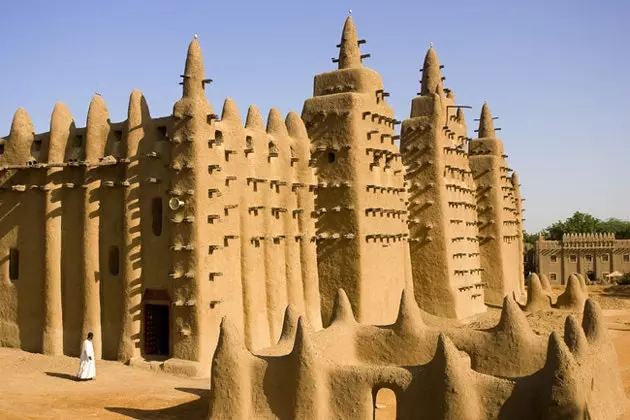
The Great Mosque of Djenné, in Mali, the largest mud building in the world
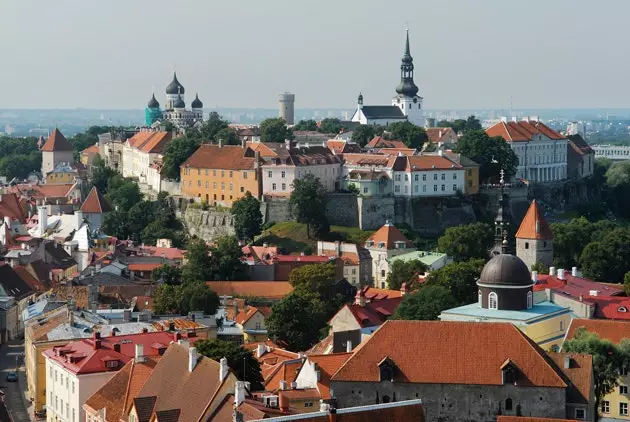
Tallinn Old Town
HOW DO YOU DECIDE?
Each member country that is interested in including a property on the list must register it on a tentative list. Then a committee decides which ones go in and which ones don't. As simple as that.
BUT... WHAT IS PROTECTED?
The biggest myth surrounding this badge is that protect 'the beautiful' . Well, no, neither Ryan Gosling, nor Scarlett Johannson, nor Persian cats, nor the Playboy mansion can enter the list. They have to be from one “outstanding cultural or natural importance to the common heritage of mankind” , according to UNESCO. For this reason, in recent years there has been a tendency in Spain to protect places with historical value, regardless of whether they are photogenic or not. A clear example is the heritage of the Almaden Mercury (2011), the Palm grove of Elche (2000) or **the biodiversity of Ibiza** (1999) . In the latter case, the objective was clear: that the fiessshhta did not colonize the entire island.
This fact means that many of the world's urban icons such as the Eiffel Tower, Big Ben or the Empire State Building are not protected. In a certain way its conservation and protection is assured.
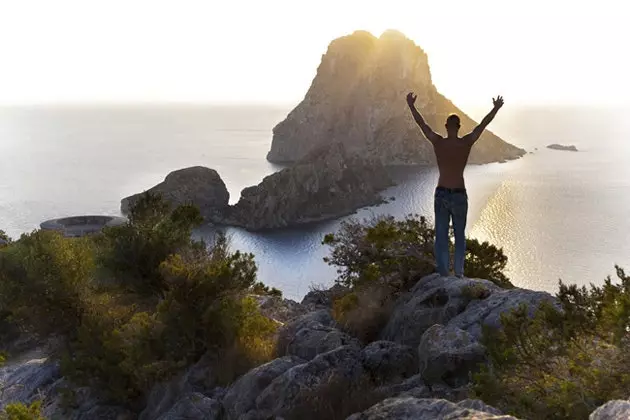
Es Vedrà and Es Vedranell at sunset
HOW DOES EACH COUNTRY ENTER? WHY BET?
Well, each one for what he wants, taking into account what may interest him in this fund. For example, countries with consolidated cultural tourism such as Italy, France or Spain initially opted to protect universal icons such as the Alhambra, Mont Saint Michel or the Vatican. Other powers such as the United States began by proposing their most famous natural parks. In fact, the first and only urban settlement in its geography that is on the list is San Juan de Puerto Rico . Germany, which is usually smart-alecky and takes advantage of these things, did not protect any more or less well-known monument internationally until she proposed the gardens of potsdam and berlin in 1990 and after having included 9 previous monuments on the list.

Wind Cave Park in the USA
CAN YOU GET OFF THE LIST?
As much as it can be a little awkward at times, no site has decided to leave this list on its own. There is a list of cities endangered , a cataloging that is achieved for reasons of war, malpractice and conservation or because the mayor on duty has come out of the very same to put a tower or bridge where it should not. It is the case of Seville , warned since the construction of the Pelli tower was approved. The only case in which UNESCO removed a site from the list was in 2009, when they took out Dresden and its Elbe Valley to build the modern Waldschlösschen , an ugly bridge like a pain but that was strictly necessary to decongest the city. Come on, one thing for another.
IN WHAT POSITION IS SPAIN?
Spain It was one of those that entered with force in 1984, one of those that has protected everything that can be protected, reaching brutal limits and making each town dream of being a World Heritage Site. It occupies the second position - after Italy - in the ranking by country, with 44 protected assets (39 cultural, 3 natural and 2 mixed). In addition, it has entered with force in the new fashion called Intangible Cultural Heritage, where it has 11 goods (the last one, the festival of the patios of Córdoba) . Catalonia, Castilla y León and Andalusia are the communities with the greatest presence on the list. Come on, as a country it can be said that we are on the lookout and such saturation has been created that it is no longer something that impresses.
And there are still more! Since there are 26 properties on the tentative list awaiting designation. Cultural overbooking.
WHAT IS THE FUTURE TREND?
Encourage developing countries by encouraging them to participate in it as a kind of symbiosis: you, as a country, gain notoriety and fame and Humanity is assured that it will be able to enjoy said place for many decades.
*** You may also be interested in...**
- 20 prints of Ibiza
- Courtyards from Cordoba: the neighborhood pique becomes an Intangible Asset of Humanity
- USA into the wild: the route through the American Natural Parks
- The Galapagos Islands: the laboratory of the Earth
- Sister cities: reasons and curiosities
- All articles by Javier Zori del Amo
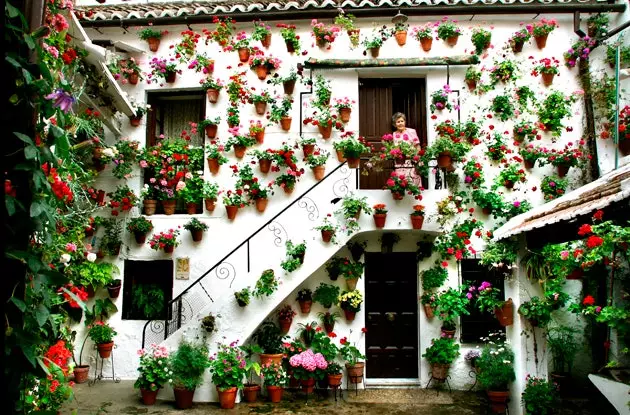
Cordovan patios: nooks and crannies of flowers, white lime and overflowing pots
